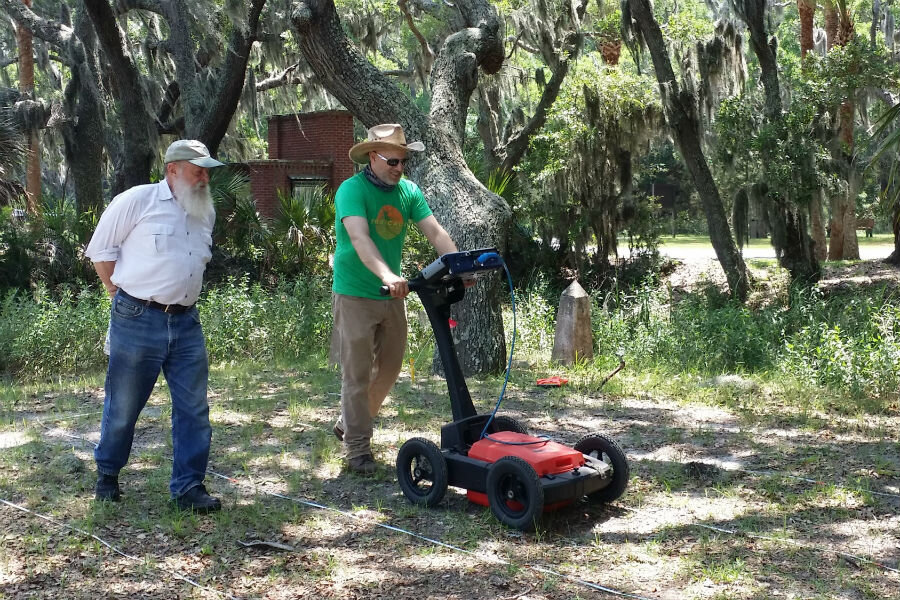New technology locates a long-lost Spanish fort under a golf course
After decades of searching, archeologists have located the long-lost Spanish stronghold Fort San Marcos, finding it under a golf course on South Carolina's Parris Island.
The Spanish fort was part of the 16th-century Spanish town Santa Elena, once the capital of Spanish Florida. Archeologists discovered the remains of Santa Elena nearly 40 years ago, according to the press release from the University of South Carolina.
San Marcos was founded in 1577 by Pedro Menéndez Márquez, the governor of La Florida. Researchers have had a vague idea where the fort might be for decades, but they say they lacked the technological capabilities to determine it's exact location without digging up the whole island, until now.
"I have been looking for San Marcos since 1993, and new techniques and technologies allowed for a fresh search," Archeologists Chester DePratter from the University of South Carolina explained in the release. "Pedro Menéndez didn’t leave us with a map of Santa Elena, so remote sensing is allowing us to create a town plan that will be important to interpreting what happened here 450 years ago and for planning future research."
In 2014 Dr. Pratter and fellow archaeologist Victor Thompson from the University of Georgia were able to pick the search back up using recently-developed remote sensing technologies to peer into the ground without physically digging. They used penetrating radar, soil resistivity, and magnetometers to send pulses, electric currents, and magnetic waves into the ground in search of the fort. Their research has helped created a map the rest of the 15-acres site that made up Santa Elena.
The general location of the fort was known from a variety of historical sources, including a written description and drawing of the fort in the Archive of the Indies in Seville, Spain. DePratter had attempted to determine the fort's location a handful of times over the past 23 years, the Guardian reports.
"The trenches we dug in 1998 missed by about 20ft," he told the Guardian. "We never had an opportunity to figure out the layout of the whole town before. We’re hoping we can see an additional fort beyond what we’ve located, streets, buildings, wells that they’ve dug."
The new discovery, combined with the remaining colonial documents, show the fort was a wooden structure with barracks, storerooms, and a platform that could mount 11 cannons.
As part of the Charlesfort/Santa Elena National Historic Landmark, Santa Elena is the most well-preserved 16th century town in the country. The U.S. Marine Corps have owned and watched over Parris Island since 1915.
"Santa Elena is providing once again an unprecedented view of the 16th-century landscape," Dr. Thompson said in the press release. "This is one of the best sites for remote sensing that I’ve ever had the privilege to work on."
Santa Elena had a total of 400 settlers at its peak, but the death of Menendez and a new threat from British colonists prompted them to consolidate their territory. The Spanish abandoned the settlement around 1587.
"This work will allow us to tell the story of the land that would eventually become the United States," Thompson added. "Santa Elena is an important part of this history that lends insight into how colonial powers in Europe vided for control over this corner of the New World."








